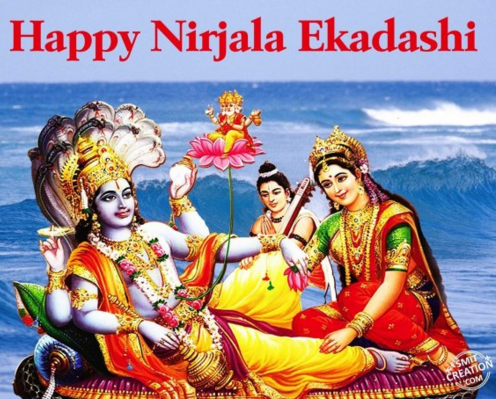Varadharaja Perumal Temple
Varadharaja Perumal Temple or
Hastagiri or Attiyuran is a Hindu temple dedicated to Lord Vishnu located in
the holy city of Kanchipuram. It is one of the Divya Desams, the 108 temples of
Vishnu believed to have been visited by the 12 poet saints, or Alwars. It is
located in a suburb of Kanchipuram known as the ‘Vishnu Kanchi’ that is a home
for many famous Vishnu temples. One of the greatest Hindu scholars of Vaishnava
Vishishtadvaita philosophy, Ramanuja is believed to have resided in this
temple. The temple along with Ekambareswarar Temple and Kamakshi Amman Temple
in Kanchipuram is popularly known as Mumurtivasam (abode of trio), while
Srirangam is referred to as 'Koil' (meaning: "temple") and Tirupati
as 'Malai' (Meaning: "hill"). Among the Divya Desams, Kanchipuram
Varadaraja Perumal temple is known as: 'Perumal Koil'. This is one of the most
sacred places for Vaishnavites. The fourth of the Divya Desams that completes
this series is Melukote—which is known as Thirunarayanapuram. Vaishnavites
believe that visiting all four places without a break will guarantee one a
place in paramapadam.
There is a temple of
Varadarajaswamy in Kurmai of Palamaner mandal in Chittoor district of Andhra
Pradesh, called the Kurma Varadaraja Swamy Temple.
Legend
Indra, the king of celestial
deities, after getting released from the curse of Goddess Saraswati, installed
the silver and golden lizards who were the witness of the ordeal. Brahma
performed a yagna here, which was
about to be washed away by the fast flowing river Vegavathi (Saraswathi devi in the form of river), known today as
Palar River. The temple deity, Vishnu laid himself flat to stay the flow and
the yagna was successfully performed.
Vishnu emerged with brilliance of thousand Suns as Varadharajaswamy inside the athi tree and stayed here permanently
until he was submerged in nearby tank since Lord came from yagna done by Bhrama( also due to fear of invasion by Sultanate).
As is the case with the association of South Indian temples with a sacred tree,
the name of the temple, Attigiri is derived from Atti tree (fig), considered
sacred to Vaishnavas and Hindus. The present stone deity found inside the
temple is from a nearby Narashima temple, the deity is called Devaraja Perumal
whose worship is equated to Adhi AthiVaradharaja perumal i.e; two gods reside
in one moolavar idol.
Car Festival and Religious Practices
The temple is famous for its huge
umbrella used during festive occasions. During the bhramotsavam (major car festival)
in Vaigasi (May/June), thousands of
people throng the temple, Garuda Vahanam and the Thiruvizha procession.
Lord Atthi Varadaraja Perumal, the original deity, made of the Atthi or the fig tree and stored in an underground chamber inside the temple tank is brought out for worship for 48 days, once every 40 years. The festival is held with much pomp and fanfare. The next Athi Varadar festival will be held in 2059.
















